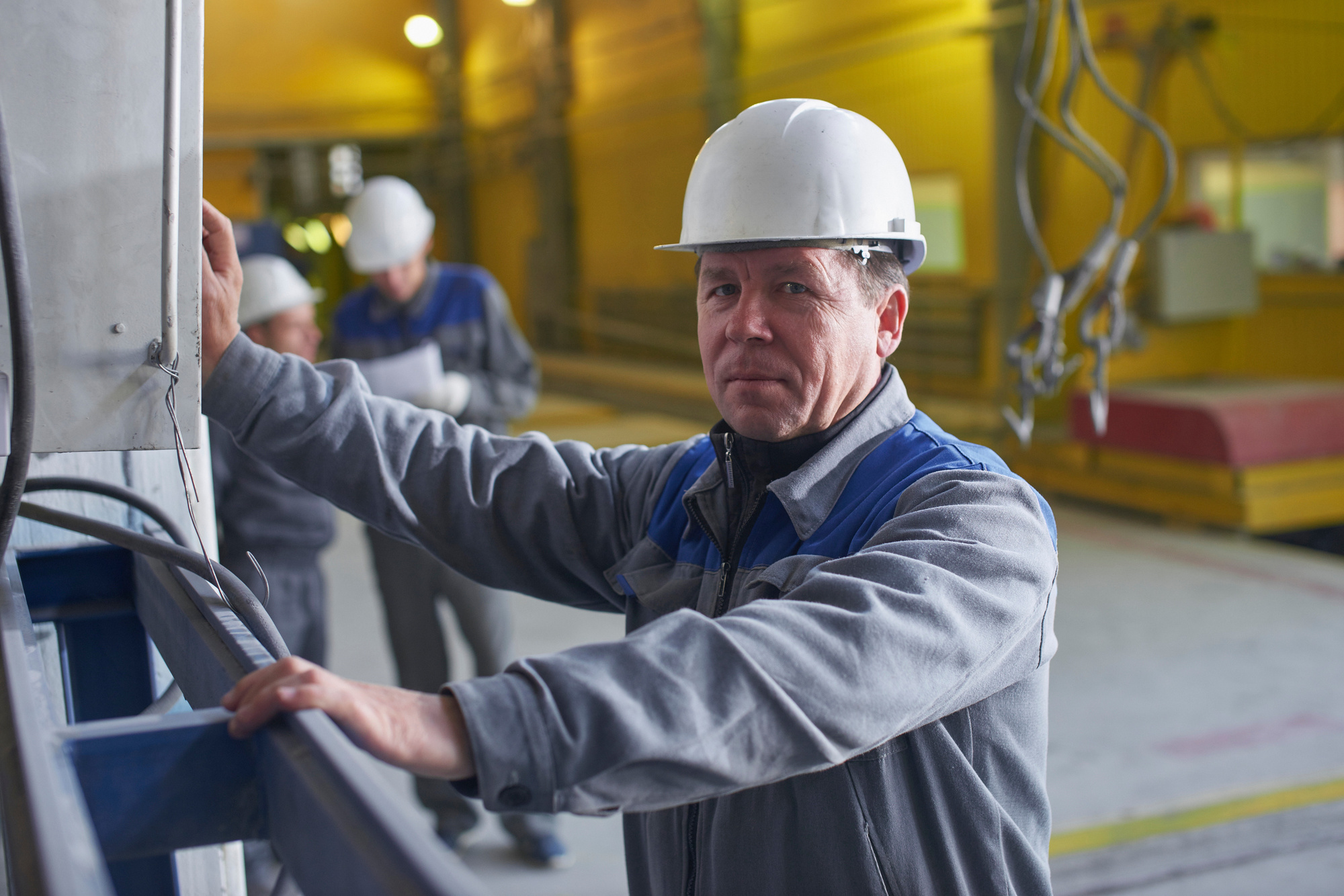There are a number of different kiln types out there that dry materials and allow for firing operations. However, when it comes down to it, most of them rely on rotary features to get the job done.
If you are new to the world of rotary kilns and need to know more about them, you have come to the right place. For this article, we will go over rotary kiln types and the role of each one in the manufacturing industry.
Let’s get started!
Contents
Direct-Fired Kiln
Direct-fired kilns are powered by a direct flame, typically gas, to generate heat for the material or chemicals inside the kiln. The material or chemicals are heated to a high temperature, usually over 1000°F, which causes a chemical reaction.
Direct-fired kilns are used for various processes, from the production of cement and lime to the thermal treatment of ore and minerals. They are also used to destroy hazardous materials and hazardous chemical waste.
Direct-fired kilns offer a variety of advantages over other types of kilns. They provide greater heat transfer efficiency, temperature control accuracy, and lower emission levels.
Indirect-Fired Kiln
Indirect-fired rotary kilns are a type of rotary kiln in which the heat source is indirect instead of direct. The heat transfer occurs through the kiln’s shell, which is heated by an external burner. It is typically fueled by oil or natural gas.
The indirect-fired kiln also features girth gears that circulate the material around the kiln. This gear is fundamental for reducing energy costs and increasing production. It also reduces exhaust emissions and helps maintain an even temperature throughout.
These features make the indirect fired kiln one of the most efficient and cost-effective options available.
Gas-Fired Kiln
Gas-fired kilns are the most widely used for cement production and chemical processes. They use natural gas or propane to heat kiln feed materials. Due to their high thermal efficiency and relatively low cost, they are often the preferred choice for industrial applications.
Wet Process Kilns
Wet process kilns are designed to act as a process where materials, such as raw materials, are mixed with water or other liquids. The materials are slowly rotated within the kiln. Here, they are heated to temperatures that allow changes in the materials, such as chemical changes or the firing of the material’s particles.
One of the most popular uses of wet process kilns is firing bricks and tiles. They are also used to produce cement, lime, and metals.
Dry Process Kilns
Dry process kilns are the newer and more commonly used kilns. They are heated externally and are not associated with any liquid material, so they’re called dry process. They are more efficient than other types, requiring less energy and having a shorter reaction time.
They’re also easily scalable and can be made to a custom shape and size. Additionally, these kilns are used in various industries, such as cement, iron, titanium dioxide, and activated carbon. They are also ideal for large-scale production and have a minimal environmental impact.
Explore the Different Rotary Kiln Types
Rotary kilns are essential to many manufacturing processes, from cement production to the thermal destruction of hazardous materials. There are a few main rotary kilns types, each offering unique advantages.
Whatever your needs, one of these options will surely be suitable for your application. Work with a professional to uncover the right option for you!
Check the rest of our site for more great content like this one.



